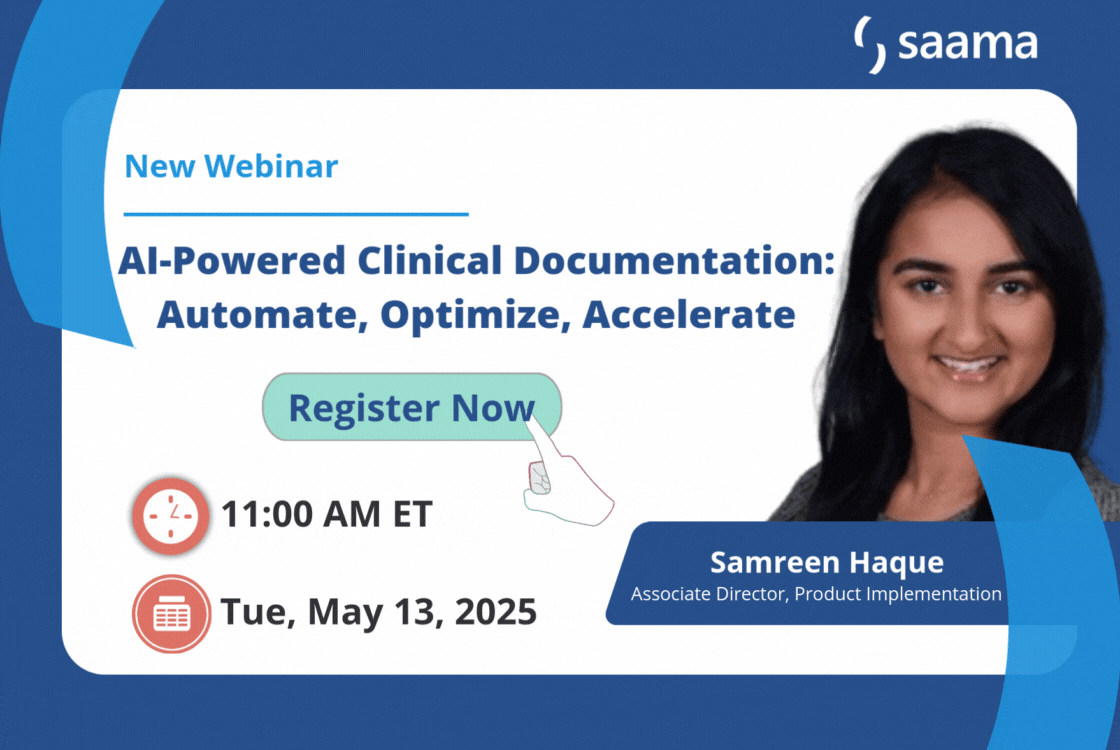When training an AI model for life sciences, it’s not only crucial to select the right training process but also to identify and use the correct model. Model selection and training form the latter half of what’s known as the machine learning (ML) workflow, after data collection and cleaning.
While we’ve already covered the ML workflow comprehensively, today we’ll be taking a closer look at the intricacies and considerations necessary for successful ML model selection and training.
Selecting the right model for ML training
Assuming you have already collected your various datasets from multiple sources and formats and preprocessed and cleaned them, the next step is to select the correct ML for your training purposes.
This might sound like a cut-and-dry decision initially, but it’s worthwhile taking a bit of time to carefully consider your reason and goals for training your AI model.
Where and how do you intend to deploy it? What kind of data do you want it to analyze? How do you intend to assess its output and results? All of these questions play a role in the decision-making process.
The model that you opt for will depend on a few key criteria that tie to your unique training needs, goals, and intended outcomes. To ensure you make the right selection, consider the following:
- The problem type – deciding whether the problem is one of classification, regression, or clustering that you intend to solve.
- The data size – the model should be able to handle the size and structure of the data you’re feeding it.
- Interpretability – the ability of the model to interact seamlessly with other systems.
- Domain specificity – the degree to which the model’s performance depends on the larger domain or context in which it’s used.
Once you have a firm understanding of the nature and scope of the problem you’re looking to solve, as well as the requirements of the model to solve it, you can select the ideal ML model. There are several ML model types, including regression, classification, clustering, neural networks for NLP and vision, as well as decision trees for tabular data.
The training process for an AI model
Once you’ve selected the optimal model for training, you need to decide on the best training method (or methods). Parameters and hyperparameters play a central role in ML model training as they set triggers and control how the models learn from the training data. Parameters learn continuously from the training data, updating to improve prediction accuracy, while hyperparameters are adjustable settings configured before training begins to optimize the model’s output.
The two most common training techniques utilized for ML model training are batch learning and stochastic gradient descent. In batch learning, the model is trained using the entire dataset, providing stable and consistent weight updates. Stochastic gradient descent updates weights using the gradient of one data point at a time.
Other training types include transfer learning that lifts model knowledge from a different, pre-trained system as well as ensemble training for tabular data, combining the capabilities of several models to enhance your model’s predictions.
Always keep a human in the loop
Humans are – and will always remain – central to AI and ML processes, including training. The goal of ML is to assist humans in the processing of large, vast, and complex datasets, not replace them. It’s vital to always have at least one human ( if not a team) overseeing the training process and analyzing the results. Human governance ensures that AI and ML outputs are accurate and can adjust and retrain as needed if the output quality begins to drop.
At Saama, we provide a suite of advanced AI solutions out-of-the-box that can enhance every aspect of your clinical trial.. If you’d like to learn how we can enhance your ML model training and beyond, book a demo with us and we’ll show you.

